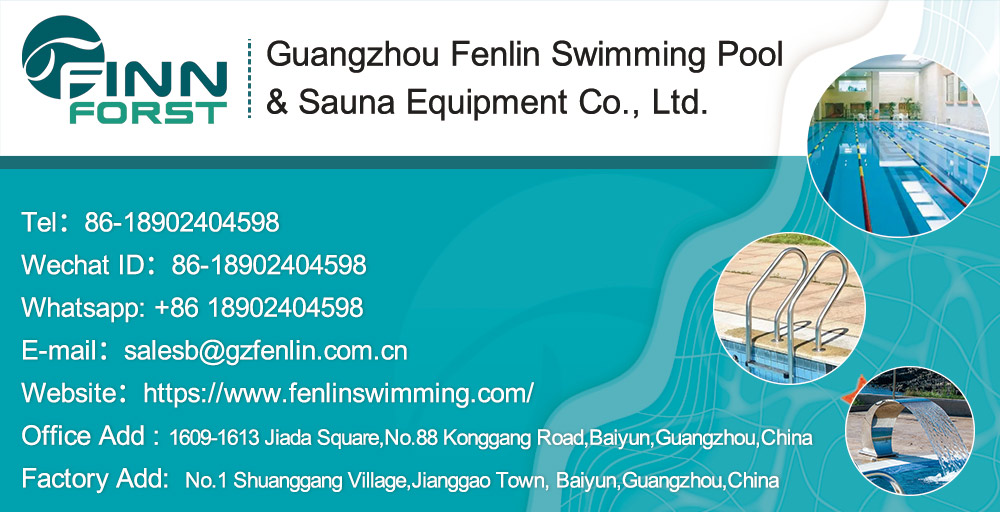
Ultraviolet sterilizers are used for sterilization and disinfection. With the advancements in technology, sterilizers are reliable and have a long lifespan. The ultraviolet sterilizers available at Fenlin are in smaller sizes and can help to disinfect easily.
When it comes to UV sterilization, certain factors affect the performance of ultraviolet sterilizers. Disinfection involves electromagnetic waves that come at a shorter wavelength. In this article, we will discuss some factors that affect the disinfection effect of ultraviolet sterilizers.
Ultraviolet sterilization is divided into three types. It reduces the wavelengths and increases energy. The three different types are UVA, UVB, and UVC. For UV sterilization, you use only UVC (100-280nm) as it has high enough energy to kill microorganisms. If you are shopping for a UV sterilization product for your home or business, it is important to consider that the UV wavelength falls in the range of UVC (100-280nm).
UV sterilization is effective to kill viruses and bacteria. Studies have shown that UVC at the range of 254nm can be effective for foodborne pathogens, natural microbiota, molds, and yeasts. The microorganisms are available in different sizes and shapes. They affect the UV absorption and require time for killing each specie.
Ultraviolet sterilizers are also known as UV disinfection systems. They break down certain chemical bonds and scramble the structure of DNA, RNA, and proteins. This causes the microorganism to be unable to multiply. As a result, the microorganism is unable to multiply, and they are considered to be dead. They are unable to reproduce and are no longer infectious.
UV sterilization uses the UVC and destroys the biomolecules. The effectiveness depends on the total energy affected by the length of exposure time and the distance that comes from the light source. One other limitation of UV sterilization is that it causes damage to both proteins and DNA/RNA. It causes so much damage to the viruses’ and cannot be used as a vaccine. This doesn’t end up giving the proper immune responses.
The sterilizers use a different “UV inactivation” method and preserve the viral surface proteins. This is a great way to disinfect the inactivating viruses. You can also use the UV sterilizers for the inactivated purified virus products as they use the intact viral proteins treated viruses for the use of the biomedical like generating antibodies.
UV sterilization is a great option if you want to sanitize something. It is important to follow the light-source distance, exposure time, and safety precautions while using any kind of ultraviolet sterilizers sold by Fenlin. The following are the main obstacles that can reduce the effectiveness of UV disinfection.

UV light is only effective if it hits its target. If the UV light is prevented to reach any mark it could be due to the suspended solids and other impurities in the water. The UV might not be as effective as it can be if it doesn’t hit the target.
The suspended solids can act as an umbrella and can be an obstacle in protecting any germs from UV light. If you are facing trouble with disinfection, then you should consider the removal of the Suspended solids. It is important to ensure that the suspended solids are physically removed. Make sure to remove all kinds of solids from the water by pre-filtration. Remove the solids before they reach the UV unit.
Iron or Manganese can cause discoloration on the quartz sleeve that is surrounded by the UV lamp. This can reduce the transmission of UV light, and can also lead to absorbing UV energy. It is essential to remove all such types of products from water by pre-treatment. If you are not able to remove them entirely you can at least reduce them to no more than .3 ppm for iron and .05 ppm for manganese.
The hard and scale water will eventually build up on the quartz sleeve. It results in stopping the UV light from passing through. A water softener must be used to clean the water before it makes its way to the UV unit. If the water is hard and scaled the process of the ultraviolet sterilizers can be affected badly.
Any kind of organic and inorganic dissolved substances can reduce the effect of the germicidal effectiveness of the UV sterilizers. It should have been pre-treated before a UV unit starts to function.
With solar UV radiation, the threat comes from above. Some surfaces tend to increase the ambient levels of UV using the reflection. Metal surfaces, concrete, and beach sand can reflect UV to a person. This can increase the risk of skin damage. Reflected UV can be harmful to the body’s natural defense of the eyebrows, eye sockets, and eye lids.
UV increases at higher altitudes. The atmosphere doesn’t have any chance to absorb the incoming UV. It has also been found that the UV increases up to 4% for every 300m increase in altitude.
Small particles that are suspended in the air can scatter solar UV. The effect is minor but it can have an impact on levels of UV that are reaching the earth’s surface.
UV radiation comes with a diffuse. Even if you are standing under shade you are still able to see large areas of the sky. The scattered UV is still able to reach you. This can explain how shade, is an important part of sun protection. It doesn’t provide adequate protection on its own.
The level of UV radiation that helps to disinfect can be affected by various factors. We have listed down all the possible factors that can affect the performance of your ultraviolet sterilizers. By considering these factors, you find a solution that can make your ultraviolet sterilizers perform better.



















